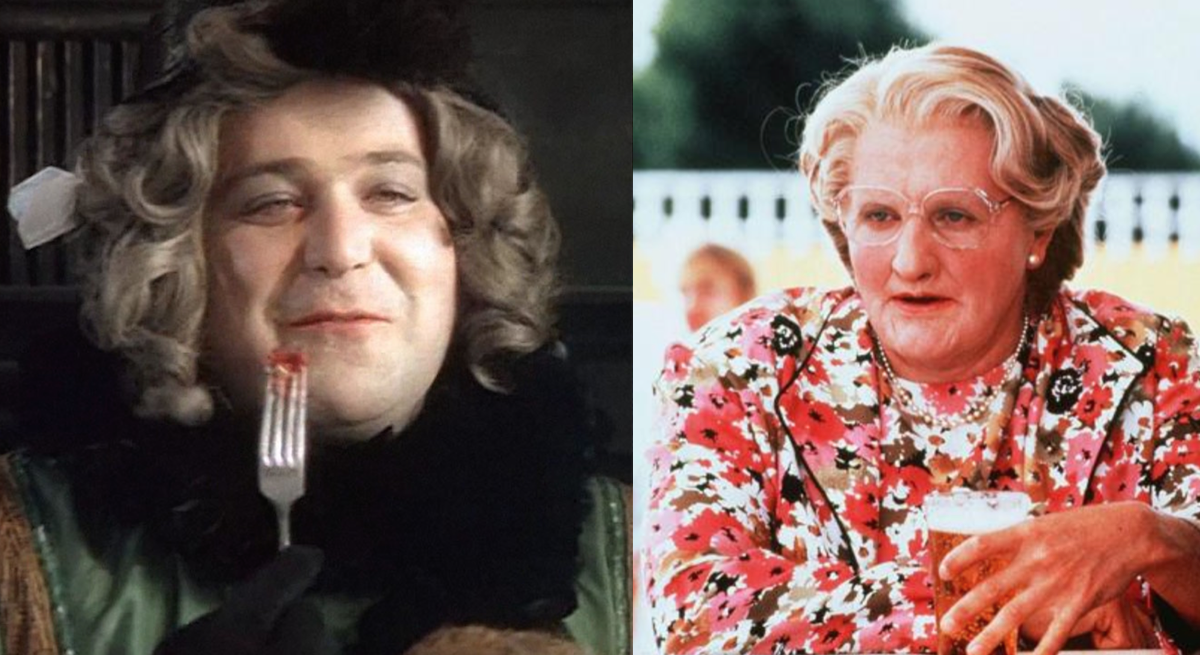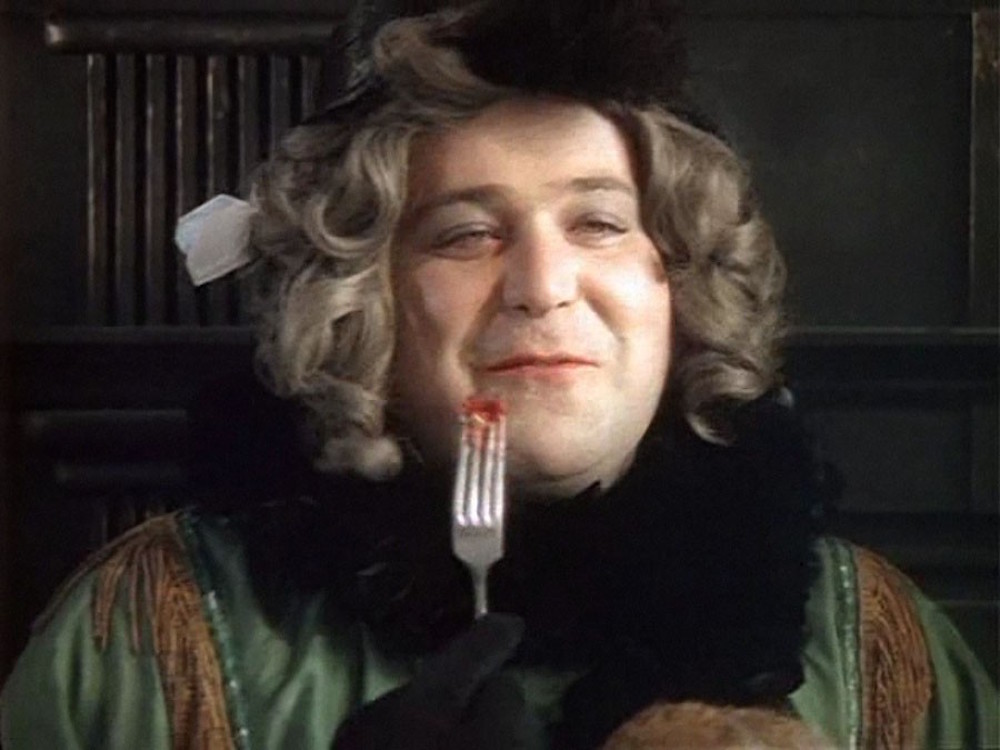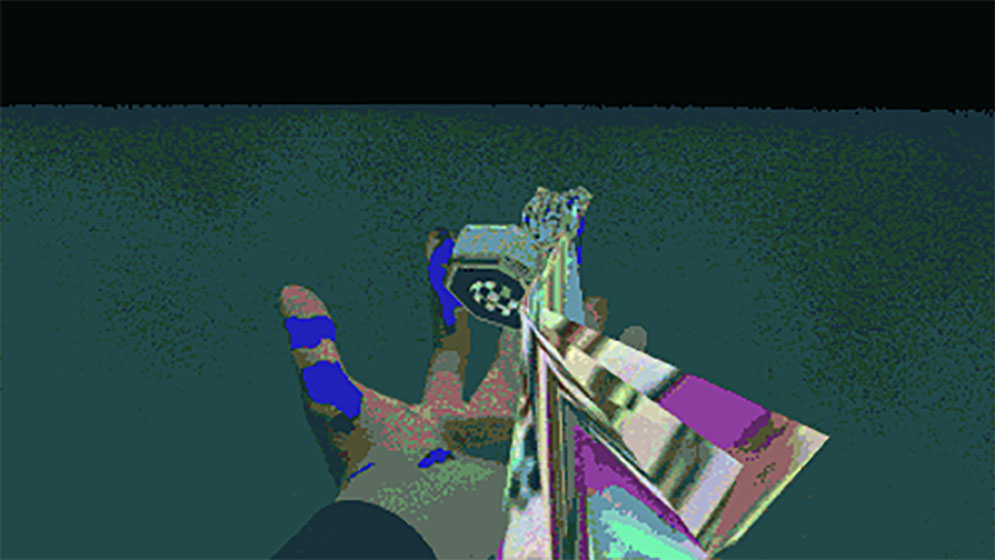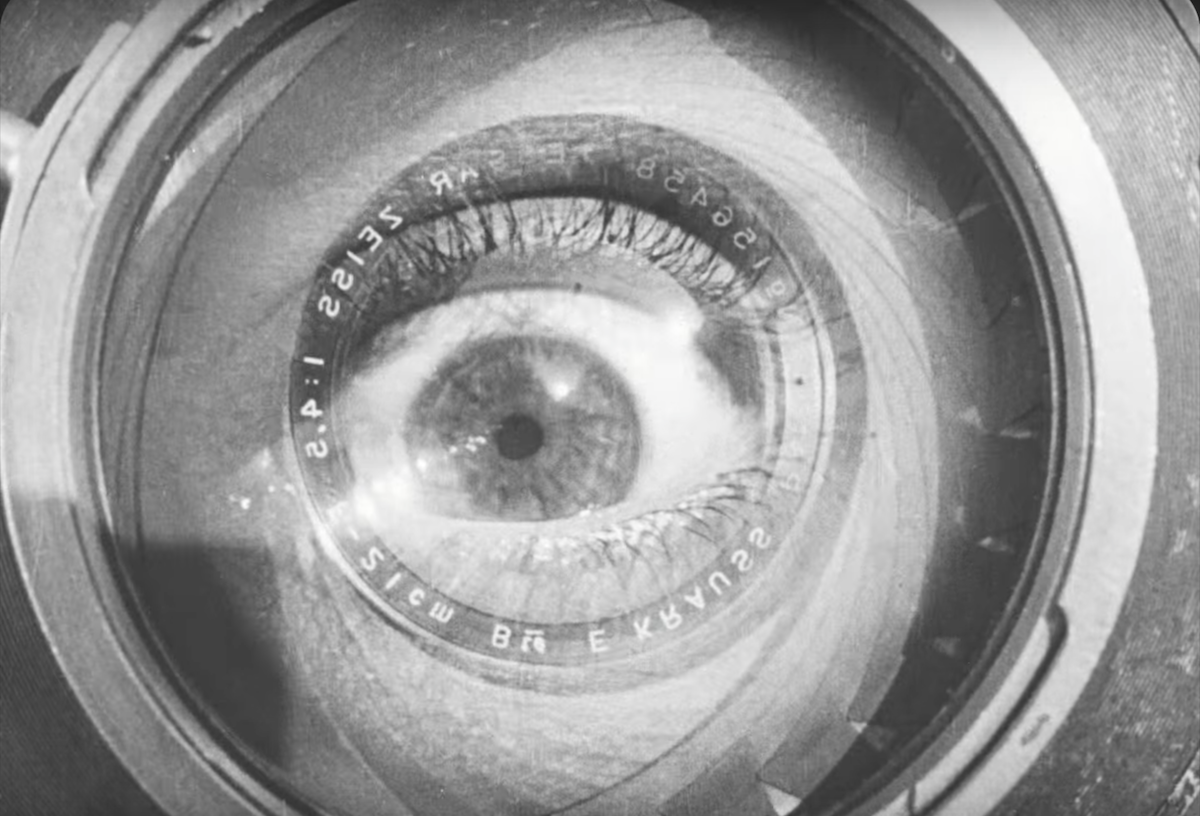Copycat cinema: 5 Hollywood films the Russians did first

Hollywood may still dominate box offices across the New East, but that doesn’t mean that the flow of cinematic traffic is solely one-way. Josh Nadeau looks at some notable examples of American film mirroring its Russian counterpart, from Back to the Future to Mad Max: Fury Road
Summer is here, and the multiplexes are flooded with obligatory sequels, gritty remakes, comic-book adaptations and franchise reboots. While there are some who might complain about modern cinema’s lack of originality, it might help to remember how some of the greatest achievements of world cinema have themselves been takes on previous works. The Magnificent Seven is a riff on Seven Samurai by Akira Kurosawa, whose Throne of Blood was lifted straight from Macbeth. They say good artists borrow, but great artists steal.
Looking at the Russian film tradition (and that of the Soviet Union before it) there are more than a few occasions of overlap with Hollywood, but other than the occasional remake, like Steven Soderbergh’s take on Andrey Tarkovsky’s Solaris or the Mel Brooks adaptation of comic classic Twelve Chairs, most examples are Russian appropriations of American ideas: the shameless Avengers ripoff that is Guardians, or the barely-renamed sitcom It’s Always Sunny in Moscow, for instance. However, there are cases where behind major American film, stand older, successful Russian versions that had already tackled nearly identical plots and themes. Here is a short primer.
White Sun of the Desert (dir. Vladimir Motyl, 1970) / Mad Max: Fury Road (dir. George Miller, 2015)
A mysterious loner far from home. Vast, pitiless expanses of desert. A band of wives fleeing from a husband who would use and discard them like objects. Chases, fist-fights and narrow escapes. You’d be forgiven for thinking I’m talking about George Miller’s explosive Mad Max: Fury Road (2015), but any Russian worth their salt would know which classic I’m referring to: Vladimir Motyl’s White Sun of the Desert (1970). While Fury Road would go on to win accolades and giddy praise from the critics (eventually landing a nomination for the Best Picture Oscar), it hasn’t (yet) experienced the decades of cult status its Soviet counterpart has enjoyed.
White Sun also plays out as a quintessential Soviet “Eastern” — a fascinating inversion of the Western. While cowboy films speak to the steady Americanisation of the continent, “Easterns” like White Sun have no such easy resolution. When the Russian Empire set out to conquer the varying Khanates rooted in Central Asia, it discovered, in the famous words of the film’s protagonist, Comrade Sukhov, that “the Orient is a delicate matter”.
With the traumatic history of the Mongol invasions behind them, and the eventual rise of China still to come, the depiction in Soviet films of the East as an unconquerable, at times unknowable force is a sign of its unyielding influence on the Russian mind. Unlike American ideas of “manifest destiny,” Russia’s imperial ambitions pushed towards a border that could never truly be reached.
Ivan Vasilievich Changes Profession (dir. Leonid Gaidai, 1973) / Back to the Future (dir. Robert Zemeckis, 1985)
Playing with the past, the panic of an intelligent young man, science going terribly, hilariously wrong — if that makes you think of the original Back to the Future, you’d be right, but Leonid Gaidai’s Ivan Vasilievich Changes Profession predated the world’s most famous DeLorean by a full twelve years.
While the American trilogy follows Doc and Marty’s attempts to change or correct the past, Ivan Vasilievich’s plot revolves around the experiments of Shurik, a young scientist who accidentally sends his building’s superintendent (along with a local burglar) back to the era of Ivan the Terrible. Shurik’s superintendent, the eponymous Ivan Vasilievich, gets mistaken for the Tsar, who himself is brought forward into present-day Russia. Hilarity ensues.
Both films are unmistakably light comedies, yet their differences provide insight into their mother cultures. The American film’s central eccentric, Doc Brown, is a kook because he believes in his ability to control time — like the Western, the film speaks to a confidence in humanity’s potential to understand, and so conquer, nature. The kook in the Russian film, Ivan Vasilievich, eventually tries settling into his role as Tsar — his absurdity lies in the belief that he can transplant himself into history and relive the past. While Back to the Future plays into American romantic anxieties (and love of paradox), Ivan the Terrible’s journey through 70s Moscow ends up being a poignant reminder of the past’s unshakable presence in, and influence on, modern Russian society.
Hello, I’m Your Aunt! (dir. Viktor Titov, 1974) / Mrs Doubtfire (dir. Chris Columbus, 1993)
Long before RuPaul and Caitlyn Jenner brought issues of drag and transgender life to mainstream attention, Robin Williams’ turn as a man forced to dress as a woman in order to reunite his family formed the emotional core of 90s classic Mrs Doubtfire. Babbs Baberly, the Soviet hero of 1974’s Hello, I’m Your Aunt!, also happens to be a man, down on his luck, who finds a solution in masquerading as an older woman. His intentions, however, are perhaps less altruistic: he’s blackmailed into playing a widowed millionaire to secure lucrative marriages for two con men.
Both films were released at a time when taking drag seriously was seen by their respective cultures as a sign of deep confusion and emotional disturbance — cross-dressing characters, like Psycho’s Norman Bates or Silence of the Lambs’ Buffalo Bill, were usually depicted as maniacs. While straight men using drag to get what they want may understandably be seen as a controversial plot point in 2017, especially if played for laughs, both films allowed questions of gender presentation and masculinity to become topics of non-threatening, dinner-table conversation in otherwise hostile cultural environments.
The Mirror (dir. Andrey Tarkovsky, 1975) / The Tree of Life (dir. Terrence Malick, 2011)
Complaints from confused audiences exiting screenings of Terrence Malick’s 2011 masterpiece The Tree of Life may have prompted one theatre to tape a humourous “no refund” sign to the box office, but that hardly stopped the film from topping end-of-year lists and earning pre-emptive “best of the decade” honours. The attentive Russophile may recall a similar controversy on the release of Andrey Tarkovsky’s most controversial film: The Mirror. Both movies employ nonlinear storytelling in an attempt to reflect the internal geography of memory, thought, guilt and motherhood, which understandably baffled moviegoers who may have been expecting lighter popcorn fare.
While the mother in The Tree of Life is a vivid, affecting presence in the lives of her sons, Tarkovsky opts for a more detached, cerebral approach to familial relationships, one leading audiences to reflect on the mercurial nature of intimacy itself. This emotional minimalism reflects a broader economy of art: while Malick’s film runs over two hours and evokes the Big Bang and the dinosaurs in its attempt to process human connection, The Mirror fulfils its ambitions in nearly an hour and a half.
In both films, the main character’s descent into memory is triggered by death, war and disease, suggesting how nonlinear approaches may indeed be the only legitimate response to trauma that unhinges otherwise unshakable notions of time and human relationships. These are all themes Tarkovsky would continue to explore in his next film, Stalker.
Night Watch (dir. Timur Bekmambetov, 2004) / The Mortal Instruments: City of Bones (dir. Harald Zwart, 2013)
The ancient, hidden clash between supernatural forces of light and darkness serves as the common backstory for a seemingly-unstoppable wave of films geared towards young adults, with The Mortal Instruments franchise having the distinction of spawning both a major film (City of Bones) and an on-going television series (Shadowhunters). The movie itself (along with genre staples Twilight, Percy Jackson and Constantine) follows a seemingly mundane person as they become a key player in a paranormal war, which is precisely the plot of 2004’s Night Watch.
Taking place in Moscow, Timur Bekmambetov’s film anticipates all the elements of what would become Hollywood’s most lucrative trend of the past decade: supernatural powers as wish fulfilment, transposing fantasy elements into modern cities and pitting an array of ambiguous heroes against each other. But instead of tapping into teenage protagonists (and thus linking the appearance of supernatural powers to puberty), Bekmambetov’s adaptation of Sergei Lukyanenko’s bestselling novel markets itself to an adult audience and wrestles with the more mature themes of divorce and parenthood.



